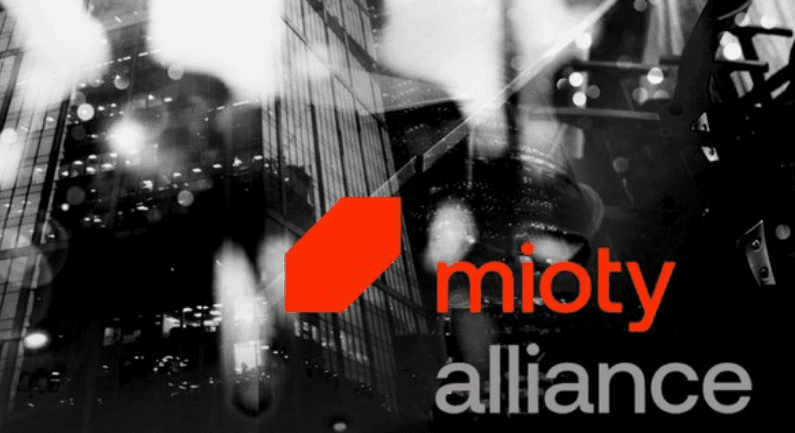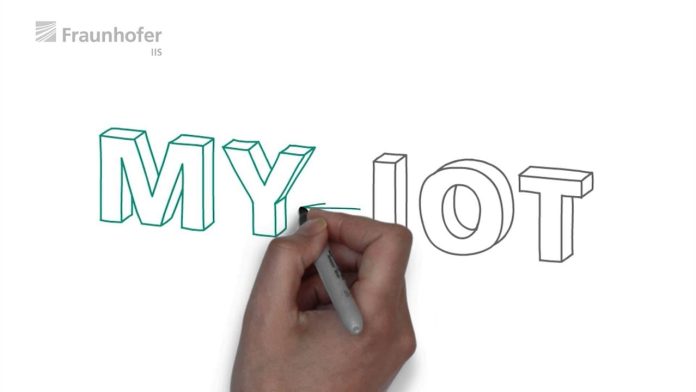A band of research organizations and industrial companies have formed the MIOTY Alliance to promote telegram-splitting ultra-narrowband (TS-UNB), commercialized as MIOTY, as an alternative low-power wide-area (LPWA) technology to the likes of LoRaWAN and NB-IoT in the industrial IoT and smart cities markets.
MIOTY (a portmanteau of MY IOT) uses the recent TS-UNB specification from the European Telecommunications Standards Institute (ETSI), developed to replace the Wireless Meter Bus (M-Bus) standard that has underpinned smart metering in Europe, as well as in certain markets in Asia and Latin America.
The alliance has been formed by the Fraunhofer Institute for Integrated Circuits (IIS), which originally developed and helped to standardize TS-UNB. It is joined by US chip vendor Texas Instruments, German technology firm Diehl, German industrial automation company ifm, Austrian oil-and-gas technology provider Ragsol, German embedded connectivity provider STACKFORCE, and UK-based industrial sensor maker WIKA.
 Diehl, represented in the the MIOTY Alliance by both its metering and connectivity businesses, Diehl Metering and Diehl Connectivity Solutions, is based in Nuremberg, where the Fraunhofer IIS is also based. The alliance has launched the software based MIOTY technology at Embedded World in Nuremberg this week.
Diehl, represented in the the MIOTY Alliance by both its metering and connectivity businesses, Diehl Metering and Diehl Connectivity Solutions, is based in Nuremberg, where the Fraunhofer IIS is also based. The alliance has launched the software based MIOTY technology at Embedded World in Nuremberg this week.
Toronto-based industrial IoT connectivity provider BehrTech, which already licenses the technology, and has built a MYTHINGS family of hardware and software solutions around it, is also involved.
MIOTY TS-UNB is hardware independent, and affords improved performance compared with rival LPWA technologies, including LoRaWAN and NB-IoT, plus narrowband Sigfox, according to its authors. The alliance has proclaimed its superiority in terms of “scalability, reliability, mobility, energy efficiency, and flexibility”.
A statement said: “MIOTY aggregates millions of messages a day with a single base station, achieves an unmatched interference immunity and transmits data with ultra-low power consumption. It is a powerful IoT solution for verticals such as industrial IoT or smart cities, which need data transfer over 15 kilometres and data collection from moving devices at 120 km/h velocity.”
Michael Schlicht, deputy chairman of the board at the MIOTY Alliance, said: “We see the MIOTY technology as a game changer in wireless communication that provides the required scalability, data integrity and energy efficiency for verticals such as industrial IoT or smart cities. With MIOTY the traditional LPWAN solutions which suffer from very limited suitability for massive IoT-deployments can reliably be complemented or replaced.”
Mattias Lange, general manager of connectivity at Texas Instruments, said: “Reliable data transfer, low power and long-range networks are essential to creating industrial IoT applications at scale. The MIOTY standard provides these components and the performance to secure its position as the leading connectivity option for worldwide sub-1 GHz communication now and in the future.”
The alliance has urged manufacturers, communication providers, and service developers to take note, and invited membership applications to the group at the same time.
A recent comparison of MIOTY and LoRaWAN, managed by the Nuremberg Institute of Technology, says TS-UNB splits the data packets to be transported in the data stream into small sub-packets at the sensor level. These sub-packets are then transmitted over fluctuating frequency and time. An algorithm in the base station permanently scans the spectrum for MIOTY sub-packets and reassembles them into a complete message.
The fact the technology is based on a standard, from ETSI, makes industrial IoT solutions easily scalable. A single MIOTY gateway, running on commodity gateways and transceivers, can scale to handle up to 100,000 sensor nodes and – according to the comparison – around 1.5 million messages per day.
MIOTY sensors operating in license-free sub-gigahertz spectrum work within a radius of up to 15 kilometres of the gateway, it maintains, depending on the geographical density – even in inhospitable environments such as mines and refineries, it says. Plus, there are no network fees.
Schlicht said: “The lack of standards has been a primary barrier to worldwide IIoT scalability. We worked closely with globally-recognized standards body ETSI to introduce this revolutionary MIOTY communication technology to the market.”

